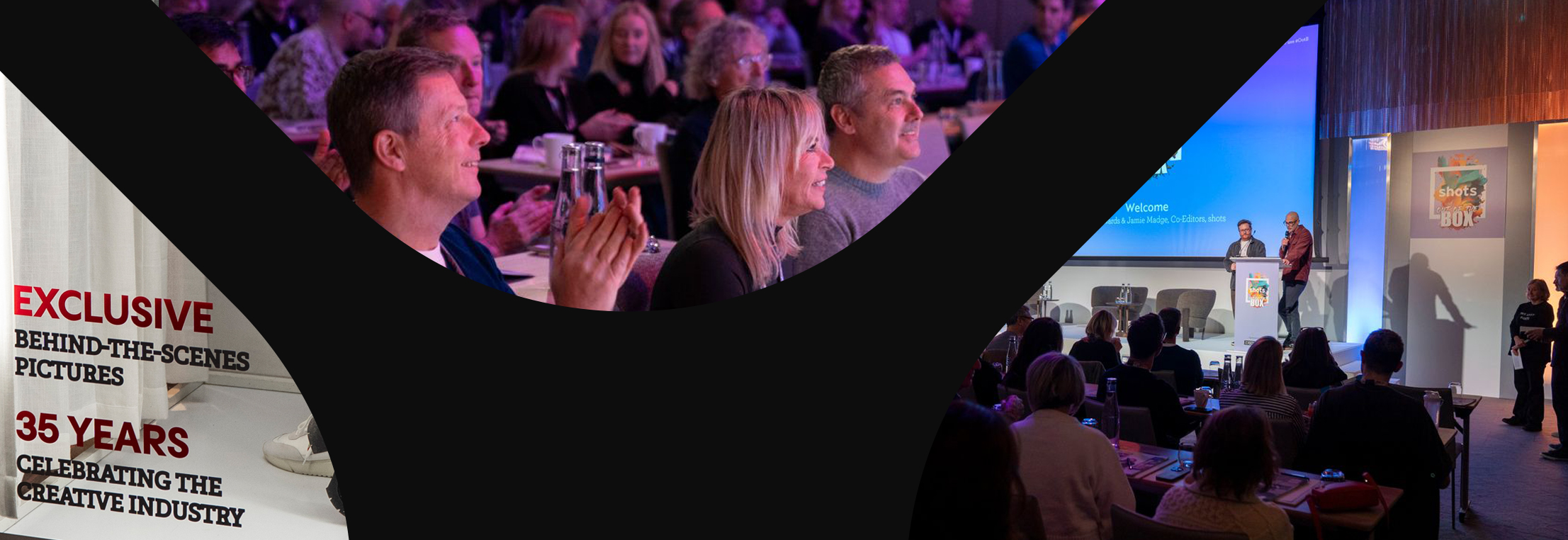Old TV Habits Die Hard, but It’s Time
As published by The Drum.
How audiences view TV is radically different to how the industry sees it. We explore why it’s past time for the industry to look at the foundation of its collective house, appreciate that it’s a bit of a mess and get the pipes and plumbing in place to fix it.
Earlier this year, the world of TV passed a small milestone. According to the April edition of research company Nielsen’s The Gauge, streaming video accounted for over 30% of all US TV viewing for the first time.
That compares to 25% of viewing time spent watching broadcast TV, and 37% watching cable. And while passing 30% isn’t all that significant in itself (they probably didn’t break out the champagne and party hats at Netflix HQ), it shows how established a part of ‘TV’ connected TV (CTV) has become.
What it also shows is how radically different the audience’s view of TV is to the industry’s.
For most people, TV means video content watched on a screen. It doesn’t matter whether that content comes through the air, down a cable or via the internet. It also doesn’t matter whether it comes from a traditional broadcast channel, a giant tech company or a multi-billion dollar retail empire. It’s all TV, more and better than ever.
For the industry responsible for planning, buying, and activating this golden age of TV, however, it’s a different story. Actually, better make that, industries. Linear TV and digital video grew up independently and they differ widely from each other. One area where that difference is being most keenly felt is in the way advertising is delivered.
Same Start, Same End, Different Journeys
All TV advertising starts in the same place – with a creative brief and consumer insight in the hands of brand storytellers. Ultimately, it plays according to complex plans on a screen in front of a person.
For CTV, and all digital-based platforms, the proliferation of devices, channels and ad standards means the number of technical variants required of every ad has exploded. The number of formats has mushroomed too, to suit everything from YouTube pre-rolls to infomercials. Then there’s localization for different languages, brand names that may differ by region, limited time offers, and the need to make sure that all the rights and licenses are in place for all the countries and regions in which the campaign may be seen.
The ‘delivery’ process to all these viewing experiences is video ad serving. Not to be confused with data-driven decisioning and transacting, video ad serving is the highly specialized, non-subjective process for setting up campaigns, tracking them in action and optimizing the creative in near-real time. Selecting a video ad server, or digital ‘TV’ delivery solution, is still happening in a silo. In fact, sourcing and preparing all the creative for digital paths is still predominantly managed manually, via Excel spreadsheets and individual point solutions.
Meanwhile, traditional linear TV ad delivery, which has run smoothly for decades, exists in its own entirely separate world. The ads are sent to the broadcaster through the cloud and down into their unique infrastructure. Strange as it may seem, the newer, highly innovative world of digital media has a lot to learn from the well-oiled machine of linear TV ad delivery.
Digital Ad Ops Are at a Breaking Point
These separate journeys from creative to media plan to audiences, are causing problems. Digital ad ops teams are wasting way too much precious time finding the creative assets and getting them in all the myriad shapes and sizes required to set up the campaign launch.
In 2018, an agency survey by Extreme Reach, a cloud technology platform for TV and video ad workflow, found that only 17% of digital video campaigns had launched without a hitch in the previous 12 months. Since then, things have only grown worse. Campaigns start late; there are problems with ad formatting, quality and missed ad calls; and brands are regularly fined for rights infringements across the internet.
“Media agencies are doing really innovative work around screen-agnostic planning driven by deep consumer insight and media behavior analytics,” explains Melinda McLaughlin, chief marketing officer at Extreme Reach. “It’s time to transform how they activate those masterfully architected plans. The simple pivot to a single creative-to-media supply chain with the integration of creative preparation, rights management, and all forms of ‘delivery,’ future proofs the global ad industry no matter how media habits shift.”
Let’s Get Our TV House in Order
McLaughlin likens the change that’s needed to renovating a house.
“Just because houses were built a certain way before doesn’t at all mean they are built to modern code,” she says. “It might not be particularly fun to get your wiring and pipes and foundation in order, but it’s truly essential so you can get on with the exciting and visible aspects of renovation. The future of marketing is exciting and with a modern approach that shores up the foundation, we’re collectively ready to realize the promise ahead.”
Extreme Reach is one of the global companies trying to drive that renovation. The company integrates a brand’s creative portal with all forms of TV and video delivery and rights management. The move to a seamless omnichannel activation platform addresses the widespread problems with TV/CTV/video activation silos.
“If you have a relay race of thousands of steps, and they’re all dependent on each other, they should be tightly integrated together,” McLaughlin says. “When they are, you get the benefits of speed, agility, and accuracy. It also establishes a future proof process, ready for any, and all, new formats that come along. When linear and digital assets live together, with all associated data, campaigns are ready to move swiftly with the evolution of what we all call TV.”
And if efficiency, precision, and speed-to-market weren’t benefit enough, the integration of all workflow reveals insight never before possible with point solutions.
“When creative moves through one global logistics platform to all media placements across markets, insight is revealed,” McLaughlin says. “Imagine knowing which produced creative was used the most, which was actually never used, and ultimately understanding the true ROI on production, media, talent and rights costs. This kind of priceless insight is naturally revealed with connected workflow.”
See why activating all forms of TV and Video in one platform is so much better!
Check out this article, also published by The Drum: 3 ways marketers win with a connected creative-to-media supply chain.



.jpg)
.jpg)